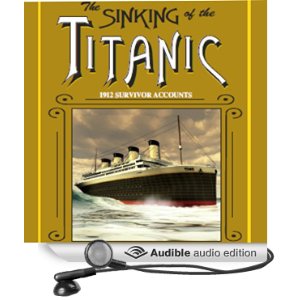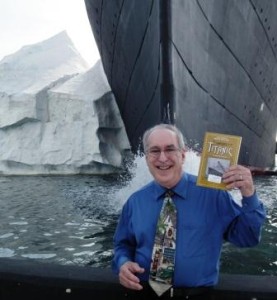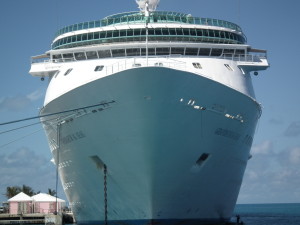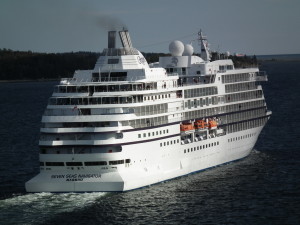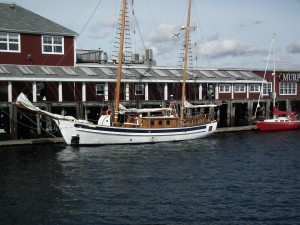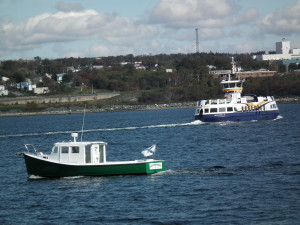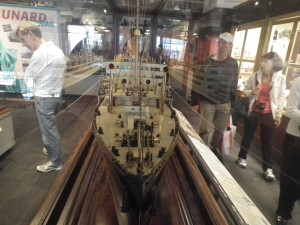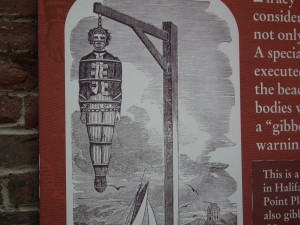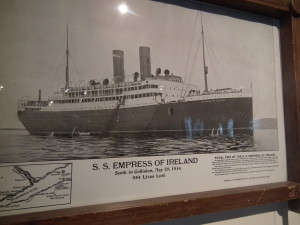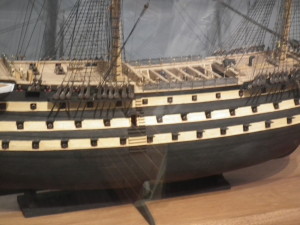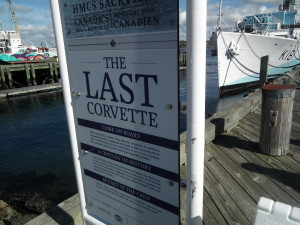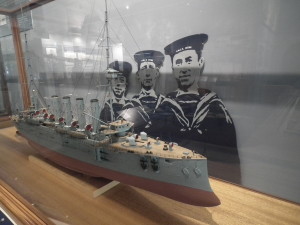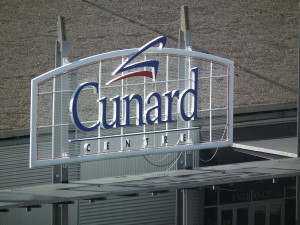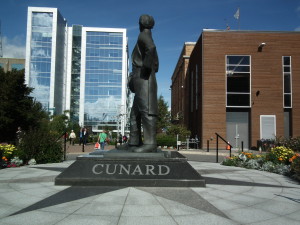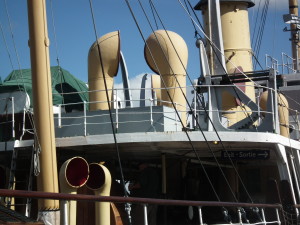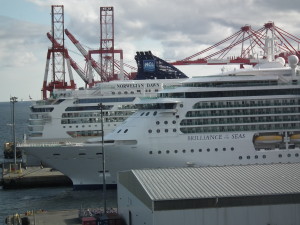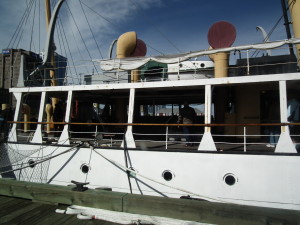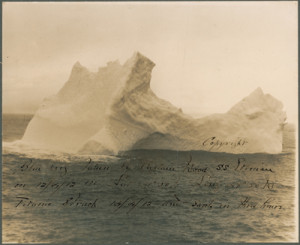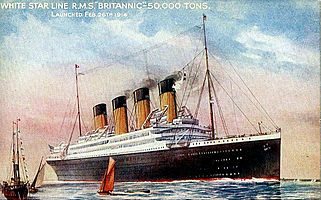[metaslider id=286]
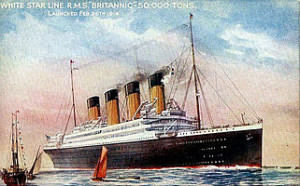
The Britannic was the third in the Olympic series, after the Titanic, and was appropriated by the British government as a hospital ship.
This press release was carried in newspapers to herald the launch of the new White Star liner Adriatic:
—
SHE WILL CARRY 3,000 SOULS
—
And Have a Turkish Bath, Plunge, and Orchestra Aboard—Line to
Liverpool to Stay.
—
With the putting in commission next May of its new steamship Adriatic, which will be not only the largest steamship in service anywhere in the world, but the finest product of marine architecture yet designed, the White Star Line announced yesterday the inauguration at that time of a new line between New York and ports in the English Channel. The line has
decided to improve its facilities by transferring the British terminal of its Wednesday mail service to Southampton, the eastbound steamers calling at Plymouth and Cherbourg, and westbound ships at Cherbourg and Queenstown. This new line will be known as the United States and Royal
Mail Service.

A Turkish bath on the proposed Titanic II
This does not mean that the regular Wednesday sailings between New York and Liverpool, via Queenstown, are to be discontinued. The sailing day for this route will be changed to Thursday and will be maintained by the steamers Baltic, Cedric, Celtic, and Arabic.
The Channel service will be opened by the new Adriatic, which is to sail from Liverpool on her maiden voyage an May 8 and will sail from this side on May 22. Besides the 25,000-ton Adriatic, the new service will include the steamers Oceanic, Teutonic, and Majestic. In establishing
the new route, the White Star Line was influenced not only by the growing popularity of the Channel ports as a convenient and comfortable route by which the traveler may reach London and Paris, the objective points of a large majority of transatlantic travelers, but also to a
great extent by recommendations from many thousands of its patrons in America who have come to look with favor on the Channel route.
The new line means that the steamers of the White Star Line will touch at nearly all of the great tourist ports of Europe. The New York-Mediterranean service will be kept up by the steamers Republic and Cretic, while the fortnightly service between Boston and Liverpool will
be maintained by the Cymric and the Republic. The International Mercantile Marine Company, of which the White Star Line is a subsidiary company, has materially strengthened its European connections by the new departure.
When the new Adriatic is turned over to the company by the builders, Harland & Wolff of Belfast, in April, she will mark a new epoch in transatlantic travel. Not only does she combine in hull and engines every improvement and every invention—with the exception of turbines—which have been devised for the safety of vessels and the comfort of the oceangoing traveler, but in every detail she is the combined result of the experience of the managers and the builders. For her interior decorations the line will employ the most famous decorators, outfitters, and upholsterers of Europe.
The newest of all new features to be introduced in other respects is well-equipped Turkish baths. which will vie with the finest establishments of the kind ashore. There will be, in addition to the hot, temperate. and cooling rooms, a large plunge bath and an electric bath. Another innovation is the introduction of an orchestra, the first ever placed on an Atlantic British passenger-carrying steamer.
The German lines were the first to furnish music for the entertainment of their passengers. The Red Star Line to Antwerp followed suit. and then the French Line. The French Line, however, made a step in advance, for, while the other lines selected a band from among their own
stewards, the French line placed on its vessels orchestras from the hotels of Paris.
The Adriatic is 725 feet long, 75 feet 6 inches beam, and about 50 feet deep. Her gross tonnage is 25,000 and her displacement over 40,000 tons She has nine steel decks, and is divided into twelve watertight compartments. The total number of. steel plates used in her hull is
about 20,000 and the rivets are estimated at nearly two million and a half. Her cables are three and three-eighths inches in diameter, and weigh nearly ninety tons, and her anchors weigh about eight tons each.
The general arrangements of the ship are similar to those of the Baltic and other vessels of that type. The first-class dining room will seat 370 persons. It is to be paneled in the fashion of Charles II and painted in ivory white and gold. Over the middle of the room will be a dome made with leaded glass of white and yellow, and under the dome will be paintings of scenes in Switzerland, Italy, Yellowstone Park, and the Rhine country. The same scheme of decoration has been carried out in the second-cabin saloon, though less elaborately.
When filled the Adriatic will have on board 3,000 souls. She will be fitted with Marconi wireless and a submarine signaling apparatus.
[metaslider id=336]

